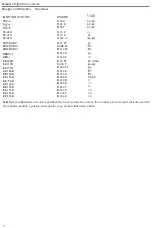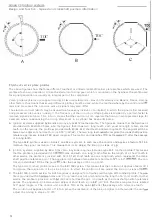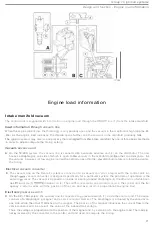
Group
28
Ignition systems
Design and function
- Components
B
c
Components
Control un
i
t
The
control unit in an electronic ignition system continuously computes the optimum
t
i
m
i
ng
based
on
information
supplied by the various sensors, which
combine
to
provide
the
unit with an extremely accurate picture of
engine run-
n
ing co
nditions.
The
con
tro
l unit
receives
immediate
notice of any
change
in the conditions under
which
the engine
is powering
the
car, enabling
it
to
compute
a new setting instantaneously. Once
this
has
been
completed (in
an oper-
ation
taking
as
as a thousandth of a second!), the unit delivers an
ignition
pulse
to the power
stage.
The
control unit consists of a number
of
electronic components.
In
simplified
terms, these
consist of four main ele-
ments
-
converter
(A),
memory
(B),
microprocessor
(chip) (C)
and output unit
(D).
C
o
nv
e
rt
er
A
.
The
converter
(A)
receives information from the sensors and
converts
the signals into digital
(n
umerical) form.
Some of the sensors supply analogue signals
(such
as the temperature-dependent
change
in
resistance typical
of a
temperature
sensor), while the signal transmitted by others depends on whether or not a voltage is
present
(as in
the
case of a
throttle
switch). The sensors may also transmit signals
in
the form of voltage pulses (like an inductive
pick
-
up)
or a variable-frequency voltage (like a load signal vacuum converter).
All
of
these
electrical signals,
whe
t
her in
the
form of a single, variable voltage or a series of voltage pulses, are converted into standard
digital form by the
converter,
the
outputs from which are used by
the
microprocessor and memory.
Memory
B
.
All
programs and
pre
-programmed
values are stored in the memory
(B),
in
which all
possible
values of para-
meters such as engine load and
speed
are available for immediate use by
the
microprocessor.
Micropr
o
ce
ssor
c.
The
microprocessor
(C)
receives the digital signals from the converter. Depending on the signal configuration,
the
device selects the memory program which best meets the needs of the prevailing
running
conditions.
14
















































